Further details and information in respect of CECRA have been released.
They include:
Several sample documents were provided
Tenant or Sub-tenant’s Attestation (sample PDF):
The Tenants are responsible for attesting to their eligibility with the program requirements.Property Owner’s Attestation (sample PDF):
Property owners must sign an attestation that the information provided is correct and meets eligibility requirements.Rent Reduction Agreement (sample PDF):
Property owners must enter into a legally binding rent reduction agreement.Forgivable Loan Agreement (sample PDF):
Property owners must agree to the terms and conditions in the application and outlined in the forgivable loan agreement.
New businesses - Small businesses that opened on or after March 1, 2020 are not eligible.
Sub-tenancy - Eligible small business tenants who are in sub-tenancy arrangements are also eligible, if these lease structures meet program criteria.
Required 70% decline in pre-COVID-19 revenues -
Businesses can compare revenues in April, May and June of 2020 to that of the same period in 2019 to measure revenue losses. They can also use an average of their revenues earned in January and February of 2020.
If the small business tenant or its ultimate owner produces consolidated statements, then the tenant would use revenues reported for the group level of companies. Alternatively, if the small business tenant does not produce consolidated statements, then it is the specific revenue of the tenant that applies for the $20 million test.
Applying later - Property owners can apply later and the program will be applied retroactively.
Application end date - The end date for applications is August 31, 2020. Property owners may still apply for assistance once the 3-month period has ended if they can prove eligibility during those months.
Excess funds paid by tenants - Property owners must use the funds from CECRA to refund amounts in excess of 25% paid by the small business tenant for the period or at the option of the impacted tenant apply rent paid in excess of 25% to future rent owing by the impacted tenant. ***
Rent already corrected - If rent has been collected at the time of approval, a credit to the tenant for a future month’s rent (i.e. July for April) is acceptable — if the tenant chooses this option. This can be a flexible 3-month period.
Tenants can’t pay - Tenants struggling to pay the remaining portion of their rent, may apply for alternate programs.
Timing of loan forigveness - This interest free loan will be forgiven on December 31, 2020.
What is included in monthly gross rent?
Monthly gross rent is the total gross rent amount payable by the small business tenant as set out under a valid and enforceable lease agreement. Please see table below for inclusions/exclusions:
Gross Rent
Net rent / minimum rent / base rent (in a net lease)
Regular monthly installments of operating costs (in a net lease)
Regular monthly installments of property taxes payable to the landlord (in a net lease)
Regular monthly installments of other additional rent amounts payable to the landlord — for example: maintenance costs, repairs, utilities, management fees, etc. (in a net lease)
Gross rent (in a gross lease)
Percentage of sales rent paid (if included in the lease arrangement)
Excluded from Gross Rent
Damages
Indemnity payments
Payments arising due to tenant default / landlord enforcement
Payments arising due to landlord exercise of self-help remedies
Interest and penalties on unpaid amounts
Fees payable for discrete items or special services (for example: fees to landlord for reviewing plans, supervising work, considering requests for consent, performing exceptional tasks at tenant’s request)
Reconciliation adjustment payments
Amounts required under the lease agreement to be paid separately by the tenant to 3rd parties (for example: property taxes, utilities, insurers)
Costs of non-monetary obligations (e.g., repairs and maintenance)
Insurance proceeds or proceeds from other rent subsidy programs
Note: applying for insurance coverage does not remove you from being eligible for the program, but it may adjust the amounts received if you successfully receive payments from insurance claims or other programs to cover rent
Non-arm’s length tenants - Landlords and tenants who are not at arm’s length will be included in the program as long as there was a valid and enforceable lease agreement in place and the rent under the lease is at market rates.
Partial residential use - Commercial properties with a residential component and multi-unit residential mixed-use properties would equally be eligible with respect to their small business tenants.
Future rent - The property owner must agree that the rent that is forgiven, reduced and will never be recoverable, collection through significant or disproportionate rent increases. This will also be within the terms of the rent reduction agreement in place between you and your property owner.
